
The Burning Times, also known as the Witch Craze, were the period in early modern European history when prosecutions for the crime of witchcraft reached their peak.
This was a dark time in history — and a dangerous time to be a healer, midwife, diviner, or herbalist, but also to simply be an outspoken, independent woman.
The impact of the Burning Times reverberated around the world, influencing the Salem Witch Trials and other trials in North America, as well as witch hunts in other regions influenced by colonialism, including India, Nepal, Tanzania, Kenya, and Ghana.
This impact can still be felt today by many modern witches, pagans, energy healers, herbalists, psychics, and other practitioners of magic and spirituality, and is known as the Witch Wound.
While the true number of victims of the Burning Times is disputed among historians, most agree that around 50,000 innocent people were executed for witchcraft during this era (though some scholars believe the number was 100,000 or more).
The majority of these executions occurred between the mid-1500s and mid-1600s; twice as many people were imprisoned, tortured, and exiled.
Even more important to note that is that most of the victims of the Burning Times were NOT witches.
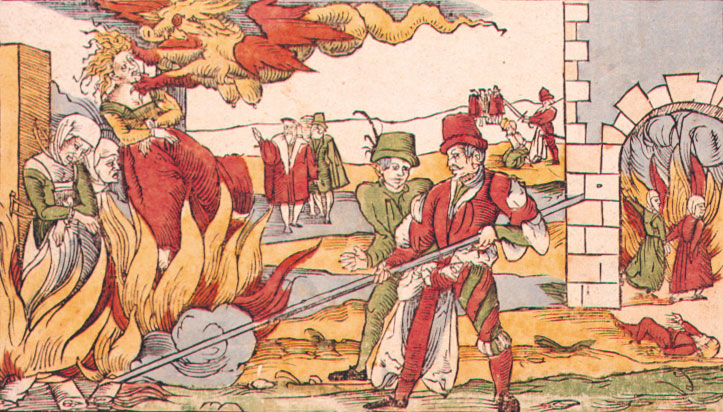
Rather, the witch trials were largely a targeted attack on women, especially those who had sexual relationships while unmarried, received or performed abortions, or wielded “too much” power and influence in their communities.
They were also an attack on anyone who spoke against the many injustices of the era, such as wealth inequality and privatization of communal land.
Of the 50,000 or more individuals executed for witchcraft during the Burning Times:
- 80% were women, many unmarried and over the age of forty
- 40% lived in modern-day Germany, and 75% lived in what were German-speaking lands at the time
- Many were burned alive, but many others (especially outside of Germany) were beheaded, hung, or drowned
The Holy Roman Empire (which included modern-day Germany, Austria, and Switzerland) became the epicenter of the European Witch Craze. The German trials of Trier, Würzburg, and Bamberg were among the largest in history, each resulting in the executions of 1,000 individuals.
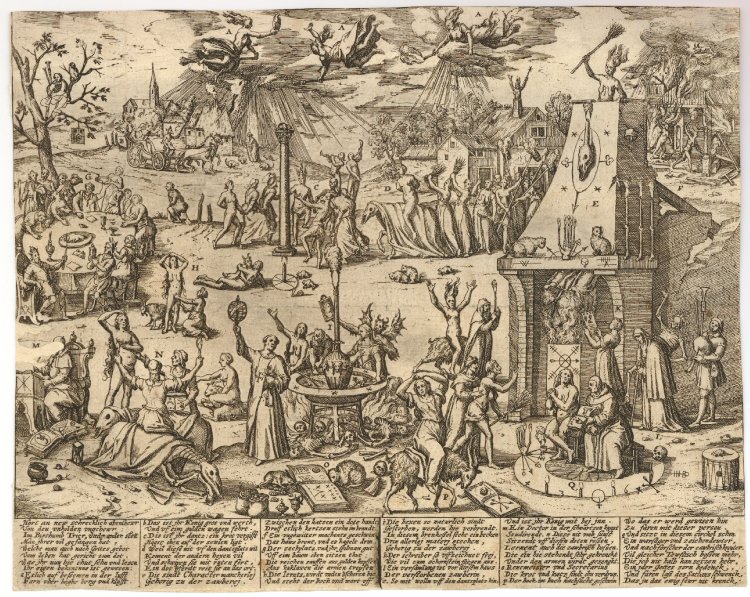
In these regions, witchcraft accusations were heavily influenced by the witch-hunting handbook Malleus Maleficarum and centered around themes of demonology, pacts with the Devil, and Witches’ Sabbaths.
Following the Holy Roman Empire, France, Scotland, Denmark, Hungary, and Poland initiated some of the most savage witch hunts in Europe.
Witch trials also took place in England, Norway, Sweden, the Netherlands, Belgium, Ireland, Russia, Finland, Estonia, and elsewhere in Europe. Though thousands of witchcraft trials occurred in Spain and Italy, relatively few individuals were executed.
Producing a confession was central to the process of trying suspected witches. Thus, torture was used extensively during interrogations.
Suspected witches were typically stripped, shaved, and searched for a “witches mark,” which was often found near the sexual organs.
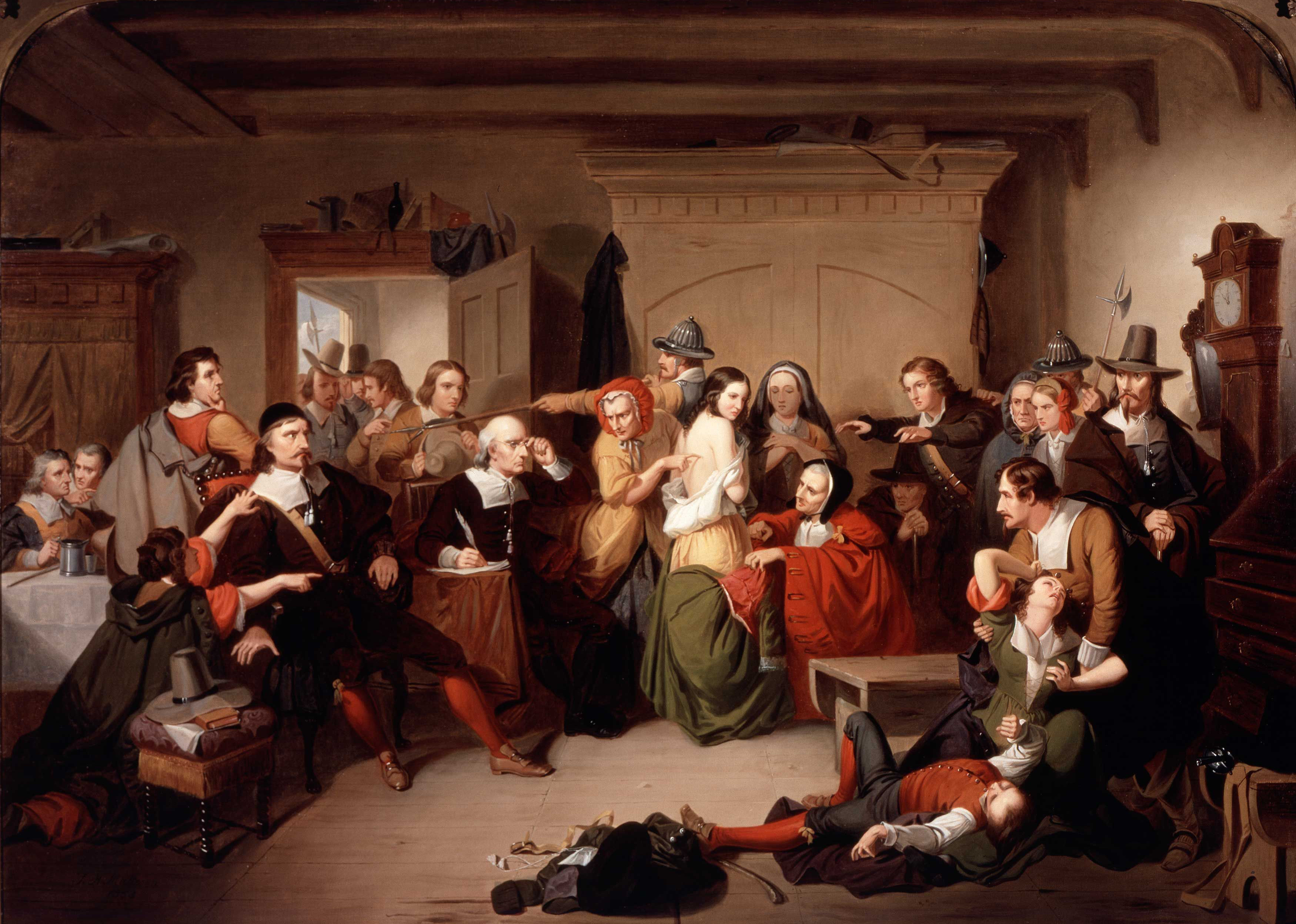
While imprisoned, suspected witches were subjected to torture such as the strappado, the rack, the thumbscrew, and the scold’s bridle, as well as sleep deprivation and assault.
These gruesome methods of torture were very successful at producing (false) confessions. After days or weeks of horrific pain and suffering, most victims were willing to admit to any and all charges of witchcraft that were laid against them.
This torture often did not end after the confession; rather, most victims continued to be interrogated until they named accomplices. Many imprisoned “witches” accused dozens of other people; some accused hundreds.
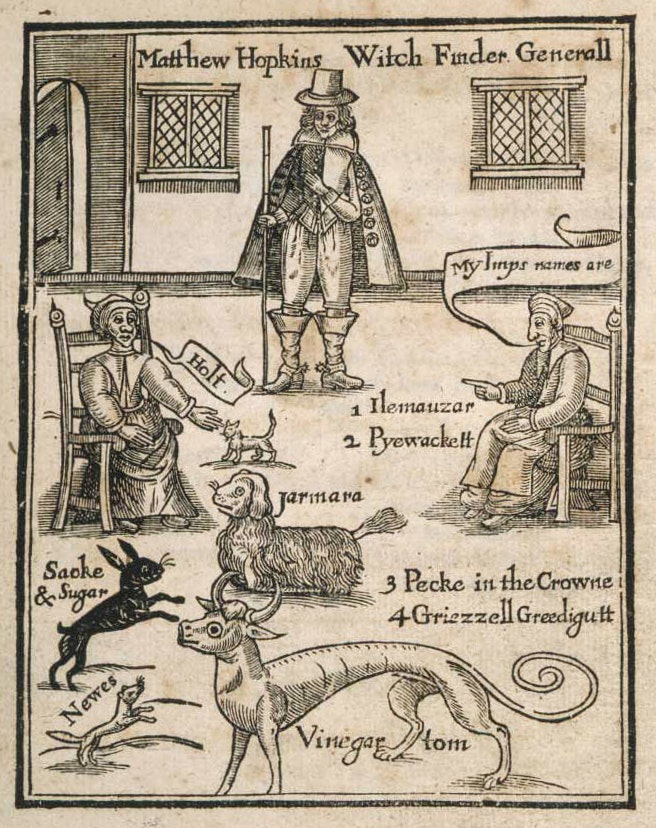
In Germany, Switzerland, Austria and other regions that were heavily influenced by the ideologies of the Malleus Maleficarum, suspected witches were typically burned alive at the stake.
This excruciating death was meant to serve as punishment for heinous crimes associated with witchcraft, such as fornicating with the Devil and eating babies and children.
In other regions, including England, Scotland, and most of Scandinavia, “witches” were typically beheaded, hanged, or strangled before their bodies were burned.
Witch trials in these regions focused more on the use of malicious magic (summoning storms, damaging crops, causing illness, etc.), and less on demonology, pacts with the Devil, and Witches’ Sabbaths.
An estimated 20% of all individuals executed for witchcraft during the Burning Times were men.
In some countries and regions, men were prosecuted for witchcraft at even higher rates than women. These regions include Finland, Estonia, Iceland, Russia, Burgundy, and Normandy.
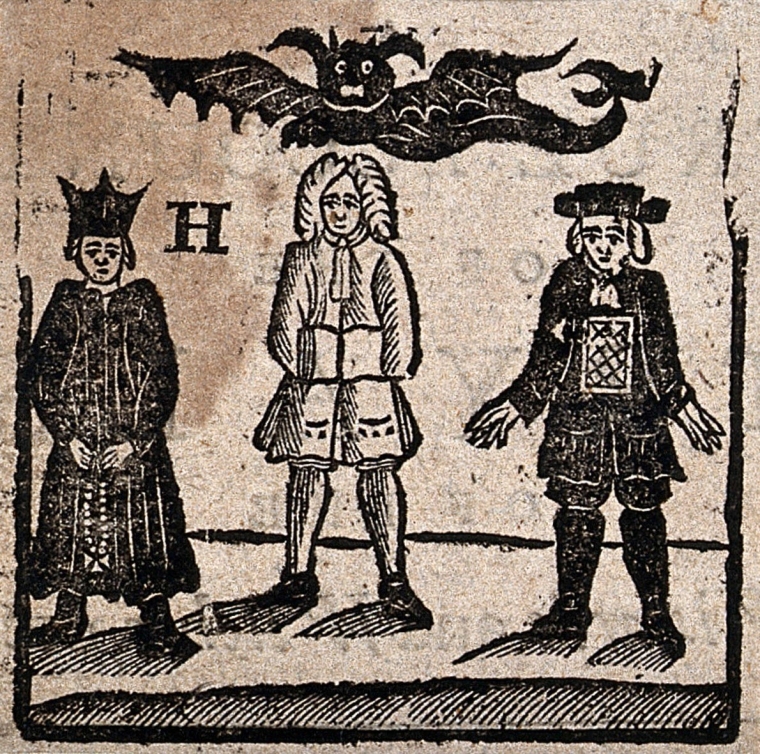
These male “witches” were typically either cunning folk, or shepherds accused of using malicious magic.
…So, if most of the victims of the Burning Times were not witches, what sparked the Witch Craze?
There were a number of key factors that contributed to making early Modern Europe the ideal climate for a continent-wide witch hunt:
- People were seeking scapegoats for bad luck, and “witches” were easy targets.
- Disputes over the privatization of land were common at this time, and witchcraft accusations were a way to keep people quiet.
- As the systems of capitalism and patriarchy grew, those in power sought to control women and women’s bodies.
- The publication of the witch-hunting handbook, the Malleus Maleficarum, added fuel to the fire.
1. Seeking Scapegoats for Bad Luck
Europe experienced several crises in the centuries leading up to and during the Burning Times, which caused views about magic to change.
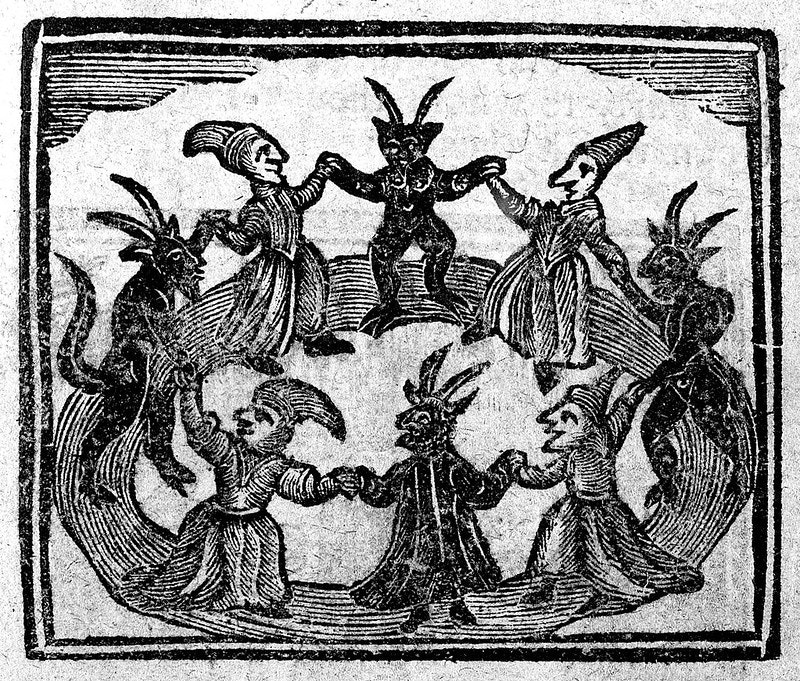
A period of regional cooling known as the Little Ice Age occurred between 1300 and 1850. This cooling caused longer and colder winters, more severe storms, widespread crop failures, famines, and economic downturn.
Witches were frequently blamed for these and other misfortunes.
2. Disputes Over the Privatization of Land
The open-field agricultural system was common in the Middle Ages. In this system, wealthy landowners collected rent from working-class laborers who used their land for farming, collecting resources, and grazing livestock.
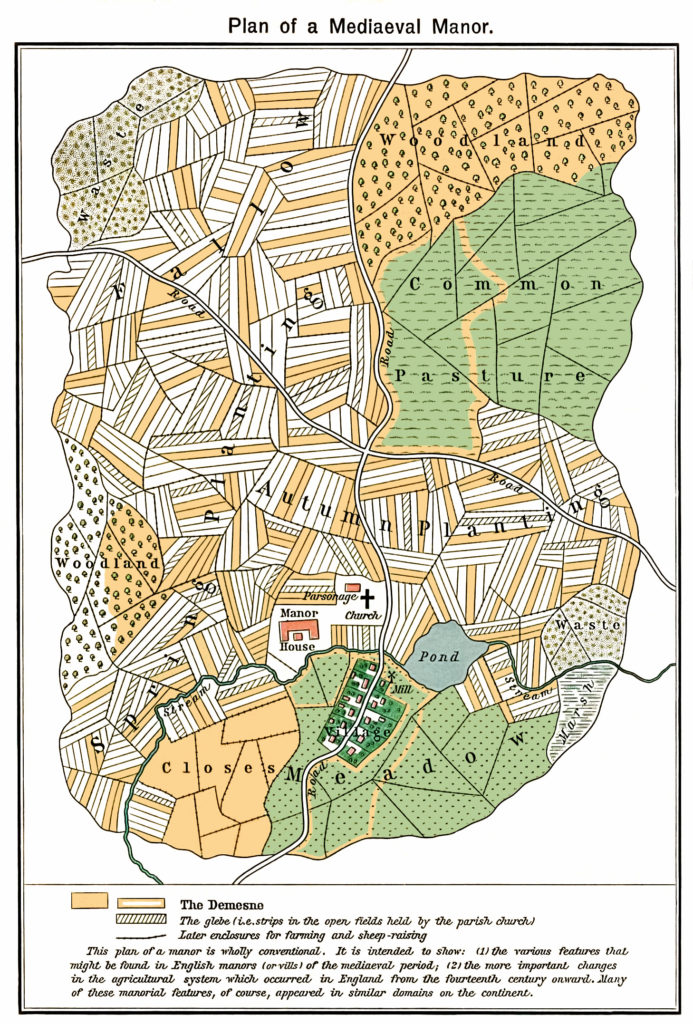
As the Little Ice Age diminished harvests across Europe, the wealth gap widened. Landowners began fencing off this communal land, which increased its value but forced off the people who had depended upon it for generations.
Widows and elderly women were disproportionately harmed by this privatization of land. Many turned to begging, or participated in rebellions against the nobility known as “enclosure riots.”
These angry, outspoken women were viewed by those in power as a nuisance and a threat. It is no coincidence that women over the age of 40 made up the largest demographic of witch trial victims.
3. Controlling Women & Women’s Bodies
Throughout the Middle Ages, many women earned income by working as seamstresses, brewers, midwives, healers, innkeepers, launderers, and domestic servants.
In the 1500s, women’s socioeconomic positions began to decline. Women were increasingly excluded from these working roles and subjected to stricter expectations of subservience.
Women who earned their own income or who refused to marry and bear offspring (i.e. to supply the future labor pool) were a threat to the growing systems of capitalism and patriarchy.
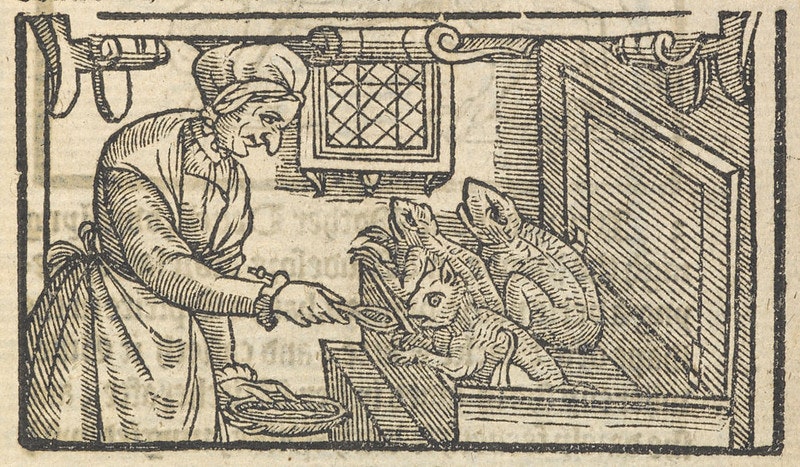
80% of those executed during the burning times were women. Most were not witches, but simply dared to control their own money and bodies — they were unmarried women, healers and midwives, sex workers, women who had or performed abortions, widows who inherited wealth or land, etc.
4. Publication of the Malleus Maleficarum
In 1486, a German inquisitor named Heinrich Kramer published what would become the most influential witch hunting book in history: the Malleus Maleficarum, or Hammer of the Witches.
The Malleus Maleficarum consists of three sections:
- The first argues that witchcraft is real, that it is inherently linked with the Devil, and that women are more inclined towards witchcraft than men.
- The second describes the “evils of witchcraft” in gruesome detail, such as how witches fornicate with the Devil and devour babies and children to gain their magical powers.
- The third outlines how to identify, interrogate, and prosecute suspected witches.
For two hundred years, the Malleus Maleficarum sold more copies than any book in Europe other than the Bible.
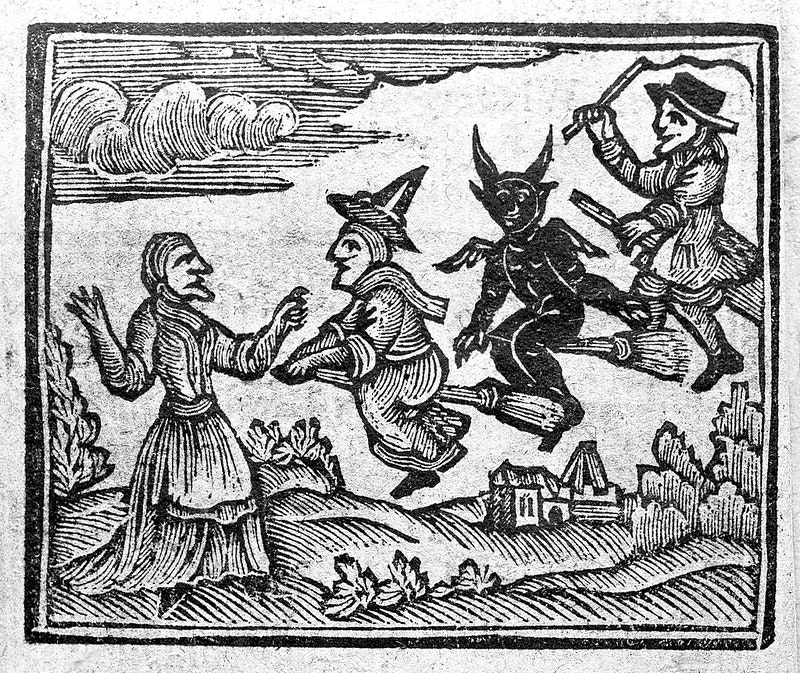
The Malleus Maleficarum shaped the Burning Times by popularizing the following beliefs:
- Witches are extremely wicked, malicious, and dangerous.
- Women are more susceptible to witchcraft than men, and it is therefore necessary to discriminate against them.
- Witches are guilty of the most heinous crimes imaginable, and deserving of equally heinous punishments.
Many of these truths about the atrocities of the Burning Times are difficult to read. Yet it is only by remembering — and just as importantly, understanding — the past that we can ensure these events never happen again.

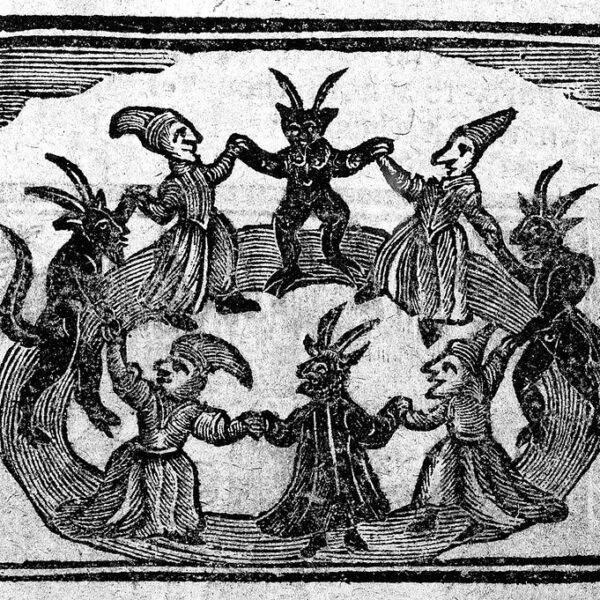
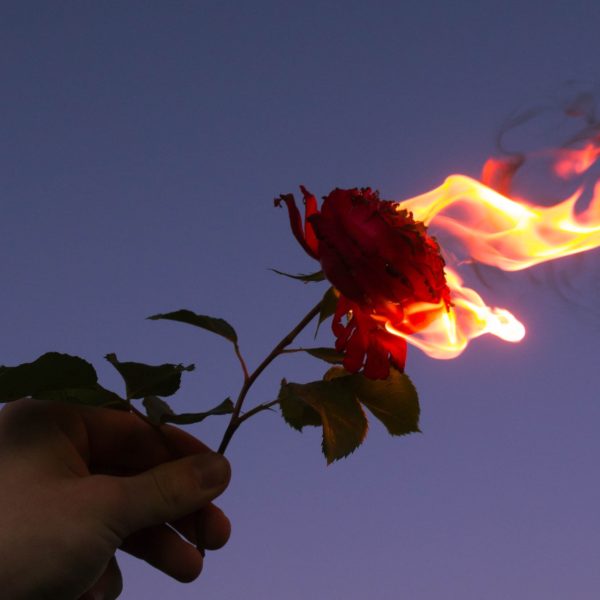













This was very hard to read – so heartbreaking. Thank you for condensing all these data and information, I feel very informed on this super sad topic. I appreciate the work you did in putting this altogether for those (including myself) who didn’t quite understand the vastness, history, and absolutely cruelty of the common term “witch hunt.”
I am a devout Christian and herbalist, living in a senior community. This month I am giving a talk on “A History of Witches: Women in Medicine, Mysticism, and Magic,” which should actually be a two-semester college course at least.
I love my faith tradition, but with all I have learned in my life I am committed to developing a practice that addresses everything God made me to be. This includes foraging in the woods, connecting with moon phases, appreciating crystals, rituals involving symbolic materials…. so you can see how I am fond of the history of witchcraft. So much of it is HERstory: the story of our foremothers. I believe it is important for us all to know.
Part of the reason I started studying all this is because of the tradition of HEALING which has mostly been forgotten by women today. We have turned this vital aspect of our natures over to the medical and pharmaceutical industries and are the worse for it.
Thank you and kudos on this fine article, which I will be referencing in my talk. It is my hope that future generations of women will find their way to the fulfillment of their natures, remembering what has come before.
This is such a beautiful reflection, Abby. Apologies for the delayed response but I just loved reading your comment. I hope your talk went very well, it’s such an important topic that deserves more attention.